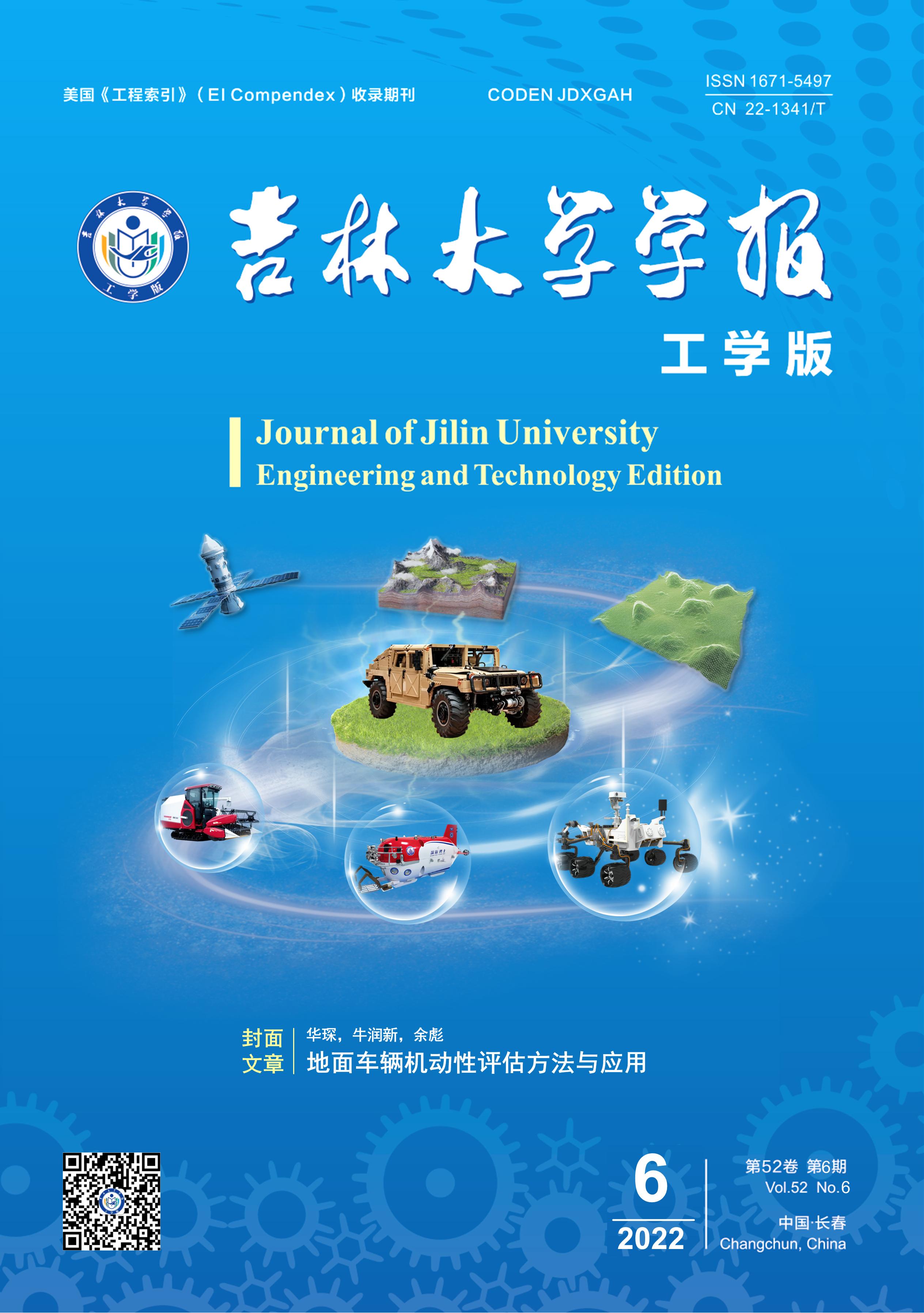Information
WeChat

WeChat: JLDXXBGXB
随时查询稿件状态
获取最新学术动态
Highlights
 Brake force assistant technology for vehicle electronicstability control system——Li-qiang JIN, Duan-yang TIAN, Hao TIAN, Meng-meng LIU
Brake force assistant technology for vehicle electronicstability control system——Li-qiang JIN, Duan-yang TIAN, Hao TIAN, Meng-meng LIU
 Road roughness identification based on vehicle responses——Jie LI, Wen-cui GUO, Qi ZHAO, Sheng-feng GU
Road roughness identification based on vehicle responses——Jie LI, Wen-cui GUO, Qi ZHAO, Sheng-feng GU
 Short⁃term traffic flow prediction based on LSSVMoptimized by immune algorithm——Yuan-li GU, Yuan ZHANG, Xiao-ping RUI, Wen-qi LU, Meng LI, Shuo WANG
Short⁃term traffic flow prediction based on LSSVMoptimized by immune algorithm——Yuan-li GU, Yuan ZHANG, Xiao-ping RUI, Wen-qi LU, Meng LI, Shuo WANG
 Setting condition of on⁃street parking space occupied vehicle lane——Guo-zhu CHENG, Si-he FENG, Tian-jun FENG
Setting condition of on⁃street parking space occupied vehicle lane——Guo-zhu CHENG, Si-he FENG, Tian-jun FENG
 Mechanism design and docking strategy forend⁃effectors exchange of robot——Chang-you MA, Hai-bo GAO, Liang DING, Hai-tao YU, Hong-jun XING, Zong-quan DENG
Mechanism design and docking strategy forend⁃effectors exchange of robot——Chang-you MA, Hai-bo GAO, Liang DING, Hai-tao YU, Hong-jun XING, Zong-quan DENG
 Indoor positioning method based on location fingerprinting of imitating mechanism of scorpion vibration source——Fu LIU, Mei-jing QUAN, Ke WANG, Yun LIU, Bing KANG, Zhi-wu HAN, Tao HOU
Indoor positioning method based on location fingerprinting of imitating mechanism of scorpion vibration source——Fu LIU, Mei-jing QUAN, Ke WANG, Yun LIU, Bing KANG, Zhi-wu HAN, Tao HOU
Current Issue
Journal Online

 Guide to Authors
Guide to Authors


